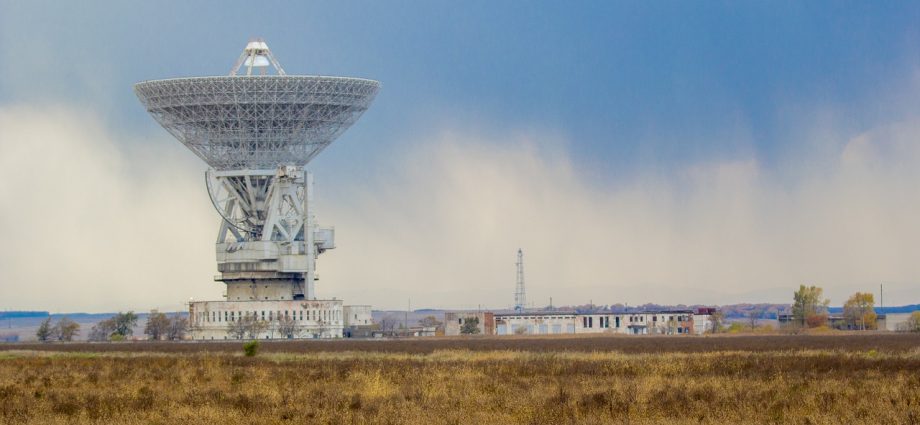DOES THE SETI CONTINUE TO BE HOPE?
SETI, Search for Extra-Terrestrial Intelligence; It is a project that has been going on since the 70s to communicate with extraterrestrial intelligent beings. It was delayed from time to time due to financial insufficiencies and still continues today. In this article, we will examine the possibilities of this project.

The goal of the project
Humanity has long been trying various ways to communicate with extraterrestrial lives. The most important of these are the radio signals used by famous scientists such as Tesla and Marconi.
Although the project aims to communicate with extraterrestrial life, we can say that the method they use makes this work very difficult. Because it is not based on capturing the signals in space, but on detecting signals directed directly to our planet.
Even if they send a signal directly to us, it will be difficult for us to notice it and decode the signal even if we do. Moreover, we have been seeking extraterrestrial life for 50 years.
The M13 star, which is 25 thousand light-years away from our planet, will arrive there exactly 25000 years later and the message we tried to send will reach there exactly 25000 years later, and if there is a telescope pointing towards the Sun on a planet in that star cluster, it will be able to receive this message. So even if extraterrestrial life sent us a signal, we don’t live within the time frame that it would likely reach.

Financial Troubles
Although the American government initially invested $ 14 million in this project, these investments were cut by the American Senate after a while. The reason for this financial cut is that the American government has physical evidence, falling UFO wrecks, asset bodies and photographs rather than the signals of extraterrestrial life.
For the SETI not to be interrupted due to financial difficulties, a group of scientists took this project to private companies in Silicon Valley and received the necessary support and it continued. Special radio telescopes and observatories listening to the universe have been installed in almost a third of the world.
Here’s the real question: why don’t we try to detect radio waves that alien beings use for their own communications and emit into space, instead of a special signal sent to us?

Actually, this is much more difficult. A known urban legend says that radio and television broadcasts on Earth spread into space and that advanced civilizations could detect this broadcast and find us. But the facts are not like that. It is really difficult to detect radio waves emitted from Earth into space from light-years away. Until now, the signals of our radio and television broadcasts, which could reach up to 100 light-years away, are both very weak. They also get lost in the waves emitted by the sun and other stars.
The most powerful radio telescope we have is located at the Arecibo Observatory in Puerto Rico. This telescope is so powerful and large that it had to be set up as if it was buried in a crater to carry its huge 305-meter body. We would have failed to detect it from Alpha Centauri, 4.2 light-years (about 40 trillion kilometres) away, which is the closest star to Earth with a radio telescope like this. Because even this telescope with a diameter of 305 meters is, unfortunately, unable to detect the waves beyond 0.3 light-years (about 3 trillion kilometres) away. The signal becomes so weak that it becomes unnoticeable even before one light-year away.
It would not be wrong to think of the SETI work as it is now as the big game of chance we play. All of our expectations under the kit are just hoping to be at the appropriate time and place. Perhaps it would be much better if we strained our imagination a little more and started thinking about other possibilities and smarter ways of communicating with extraterrestrials.


